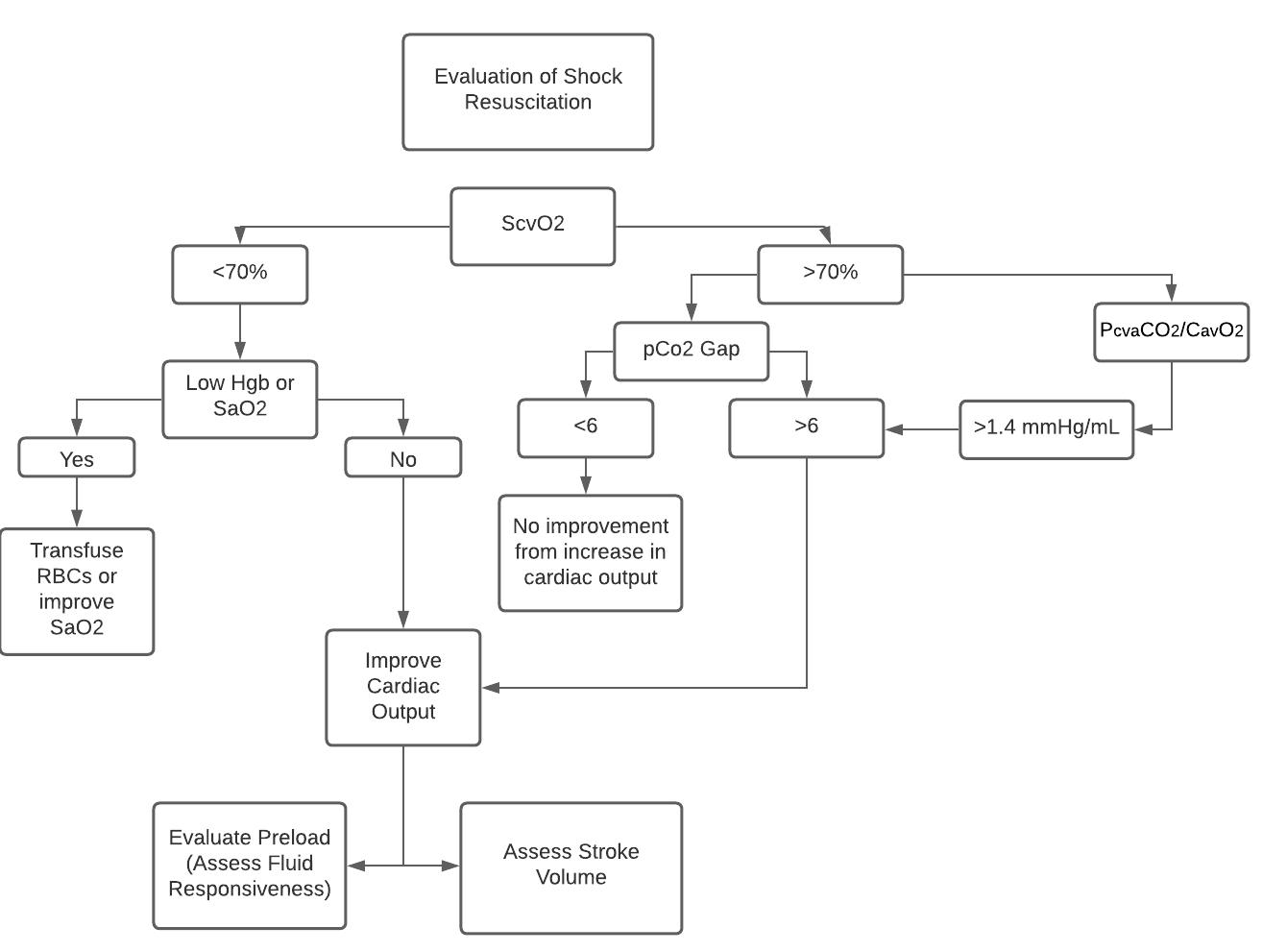Perception is Everything
AAEM NEWS PRESIDENT’S MESSAGE
Lisa A. Moreno, MD MS MSCR FAAEM FIFEM — President, AAEM
O
ne of the principles I learned when, prior to medical school, I trained to be a psychotherapist is that when individuals are relating events, there is no objective truth. Each person will tell what happened through the lens of his own experience, based on her own perception, from his own vantage point, and may even see things differently years later when new life events have been experienced. How we experience things IS our reality, and throughout history, outside influences have impacted how we create our reality. As early as the 1920s Edward L. Bernays, “the father of public relations,” began what we now refer to as “spin.” His most nefarious campaigns included convincing women that smoking equates with female liberation and as history altering as working with the notorious United Fruit Company to coopt the CIA into taking down the democratically elected president of Guatemala based on an allegation that he had communist leanings and was a threat to Christian morals. In his book Propaganda (1928), Bernays stated that the public is composed of irrational individuals who follow “herd instinct” so that “crowd psychology” can be used to control their behavior in ways that governments, advertisers, and manufacturers find advantageous. While the characterization of the public is insulting and simplistic, the principles of propaganda have been shown to be effective. Over decades, propaganda and spin have changed little, except that in the era of social media, we say things more succinctly. AAEM member Dr. Andrew Pickens, who holds an MD, a JD, and an MBA, told me how they say it in MBA programs: Perception is Everything. It is how we perceive things, or how we are led to perceive things by how they are spun, that creates our reality. But while objective truth may not be accessible in our experiences, there is objective truth in the universe. Smoking causes cancer. Nations have the right to a democratically elected government of their choosing. Genocide is evil. Nurse practitioners have far less classroom education in pathology, physiology, and pharmacology, and far less clinical training than physicians. Vaccines prevent disease. While we all know these facts to be objective truth, we have watched the “experts” and the media spin these facts in such a way as to make acceptable to the public that which is sensational, sells news, or elicits the response that the messenger desires. In many cases, the perceptions that are created do not match reality. “Oh, what a tangled web we weave, when first we practice to deceive!” (Sir Walter Scott, in his poem Marmion, 1808) And the web is so tangled that the American public cannot find its way out. The American public is suffering because of false perceptions. Let’s consider the issue of masks. Masks prevent disease. It has been well proven and it makes perfect sense. A barrier that prevents the exchange of body fluids protects against diseases transmitted by exposure to body fluids. Yet some of our government officials and media pundits have convinced citizens
“
HOW WE EXPERIENCE THINGS IS OUR REALITY, AND THROUGHOUT HISTORY, OUTSIDE INFLUENCES HAVE IMPACTED HOW WE CREATE OUR REALITY.
”
that masking is a violation of civil rights or constitutional freedoms, and that masking should be related to our political affiliation. Similar spins have been put on vaccines: vaccines are not actually FDA approved and they don’t actually prevent disease since many people who were vaccinated have contracted COVID.1 So, if the vaccine isn’t even approved and it doesn’t prevent the disease it was designed to prevent, why should I get the vaccine? What is not being put out there is the fact that we are seeing a second wave pandemic that is a pandemic of the unvaccinated. These are the people we are intubating, hospitalizing, coding, and pronouncing. A small percentage of the vaccinated, less than 1% according to an August 2 CNN report of a study by the Kaiser Family Foundation, do get COVID, but they don’t get intubated and they don’t die. For most of them, having COVID means staying home feeling miserable and exhausted, coughing and quarantining, and then going on with their lives. Another popular perception put out to the American public is that of “providers” as a group of health care professionals who are equally capable and knowledgeable to care for them. Nurse practitioners (NPs) spin themselves as having “the heart of a nurse and brain of a doctor.” First of all, doctors have a lot of heart, especially emergency physicians. But perception is everything and we don’t make the public aware of the amount of advocacy we do, the extent to which we practice social medicine, and the factors we consider when deciding who gets admitted and who goes home or who gets an injectable antibiotic and who gets the prescription. Second, no one is questioning the quality of a nurse’s brain. What we question is the degree of education and clinical training that brain gets. When I recently lobbied legislators regarding the bills for independent practice of NPs and physician assistants (PAs) in Louisiana, I was disturbed by the lack of knowledge that legislators have about the education and training of NPs and PAs compared to physicians. These legislators are responsible for deciding who will care for America’s patient population and in what roles and yet, they do not know the facts. Instead, they respond to spin about NPs needing independent practice so that they can go into rural areas and care for those who physicians allegedly choose not to care for (and we know that they are as unlikely as physicians to choose to go to rural areas) and spin about how they have the heart of a nurse and the brain of a doctor. PAs put forth that they are not endorsing independent practice but rather “Optimal Team Practice.”
>> COMMON SENSE SEPTEMBER/OCTOBER 2021
3



















